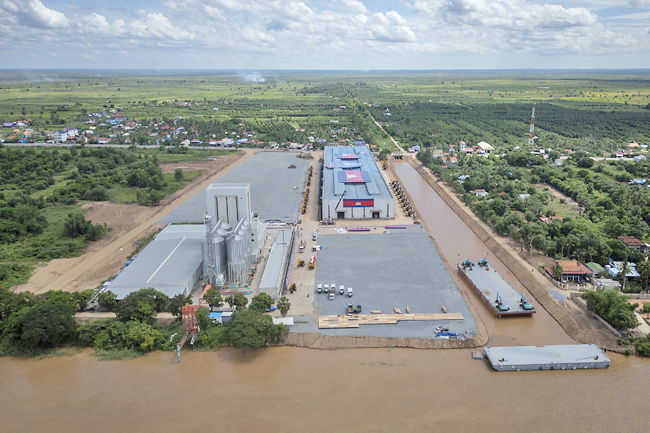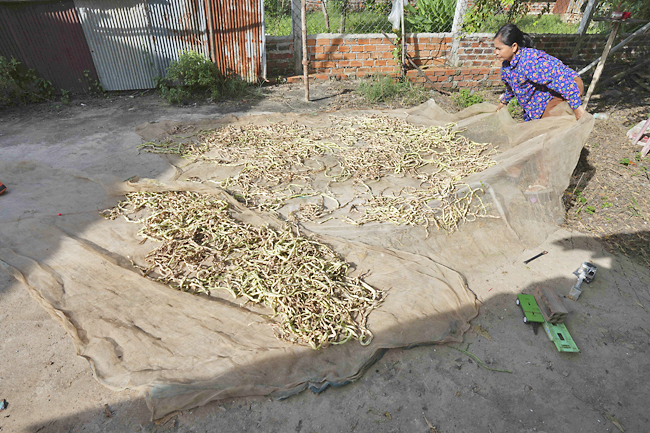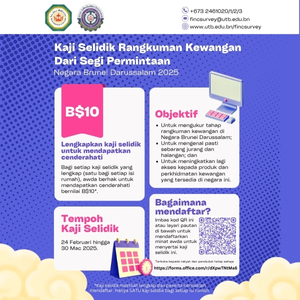PREK TAKEO (AP) – The Mekong River is a lifeline for millions in the six countries it traverses on its way from its headwaters to the sea, sustaining the world’s largest inland fishery and abundant rice paddies on Vietnam’s Mekong Delta.
Cambodia’s plan to build a massive canal linking the Mekong to a port on its own coast on the Gulf of Thailand is raising alarm that the project could devastate the river’s natural flood systems, worsening droughts and depriving farmers on the delta of the nutrient-rich silt that has made Vietnam the world’s third-largest rice exporter.
Cambodia hopes that the USD1.7 billion Funan Techo canal, being built with Chinese help, will support its ambition to export directly from factories along the Mekong without relying on Vietnam, connecting the capital Phnom Penh with Kep province on Cambodia’s southern coast.
At an August 5 groundbreaking ceremony, Cambodian Prime Minister Hun Manet said the canal will be built “no matter what the cost”. By reducing costs of shipping to Cambodia’s only deep-sea port, at Sihanoukville, the canal will promote, “national prestige, the territorial integrity and the development of Cambodia”, he said.
Along with those promises comes peril. Here is a closer look.



THE THREAT TO THE MEKONG
The Mekong River flows from China through Myanmar, Thailand, Laos, Cambodia and Vietnam. It supports a fishery that accounts for 15 per cent of the global inland catch, worth over USD11 billion annually, according to the non-profit World Wildlife Fund. Flooding during the wet season makes the Mekong Delta one of the world’s most productive farm regions.
The river already has been disrupted by dams built upstream in Laos and China that restrict the amount of water flowing downstream, while rising seas are gnawing away at the southern edges of the climate-vulnerable Mekong Delta.
Director of the Washington-based Stimson Center’s Southeast Asia Programme Brian Eyler warns that high embankments along the 100-metre (m)-wide, 5.4m-deep canal will prevent silt-laden floodwater from flowing downstream to Vietnam. That could worsen drought in Vietnam’s rice bowl and Cambodia’s floodplains, an area stretching over roughly 1,300-square kilometres.
THE VIEW FROM VIETNAM’S RICE BOWL
A drier Mekong Delta is a concern for Vietnam’s agricultural sector, which powers 12 per cent of its economy. The southwestern provinces of An Giang and Kien Giang would likely be most impacted. The delta’s latticework of rivers crisscrossing green fields is vital for Vietnam’s own plans of growing “high quality, low emission rice” on one million hectares of farmland by 2030. The aim is to cut earth-warming greenhouse gases, lower production costs and increase farmers’ profits.
Water from the river is “essential” not just for Vietnam’s more than 100 million people but also for global food security, said director of rice export company Hoang Minh Nhat, Nguyen Van Nhut.
Vietnam’s exports of 8.3 million metric tonnes of rice in 2023 accounted for 15 per cent of global exports. Most was grown in the Mekong Delta. The amount of silt being deposited by the river has already dropped and further disruptions will worsen salinity in the area, hurting farming, Nhat said.
“This will be a major concern for the agriculture sector of the Mekong delta,” he said.
CAMBODIA’S VIEW
Cambodia said the canal is a “tributary project” that will connect to the Bassac River near Phnom Penh. President Hun Sen claimed on social media platform X that this means there would be “no impact on the flow of the Mekong River”.
But blueprints show the canal will connect to the Mekong’s mainstream and in any case the Bassac consists entirely of water from the Mekong, Eyler said.
Cambodian authorities are downplaying the potential environmental impacts of the project. “This is their logic-defying basis for justifying no impact to the Mekong River,” he said.
A document submitted in August 2023 to the Mekong River Commission – an organisation formed for cooperation on issues regarding the Mekong – does not mention using water from the canal for irrigation, though Cambodia has since said it plans to do so. The Stimson Centre added it was “logical” that irrigation would be needed during dry months, but that would require negotiating an agreement with the other Mekong countries.
The Mekong River Commission told The Associated Press all major projects on the Mekong River “should be assessed for their potential transboundary impacts”. It said it was providing technical support to “increase transparency and cooperation among concerned countries”.







